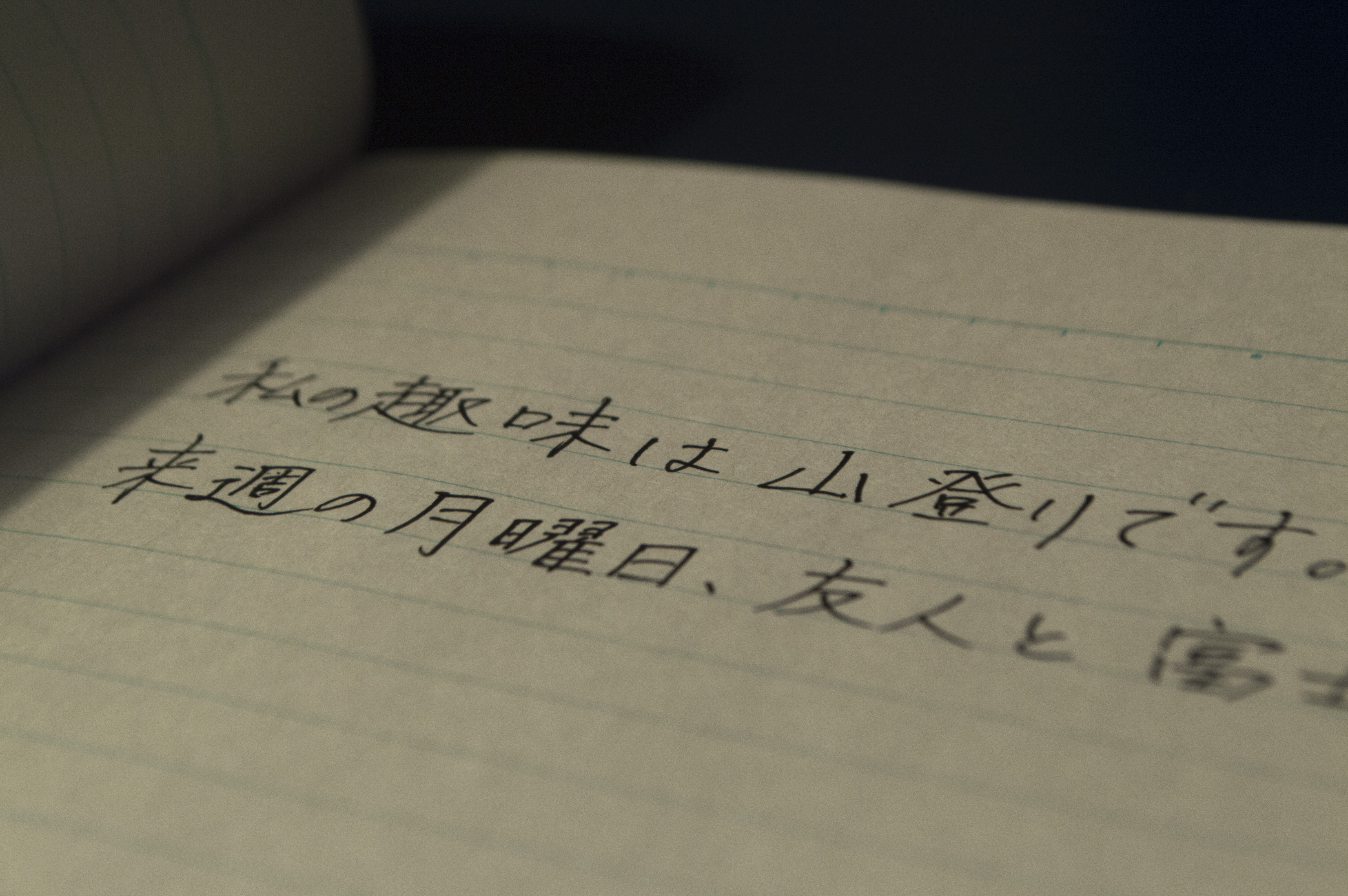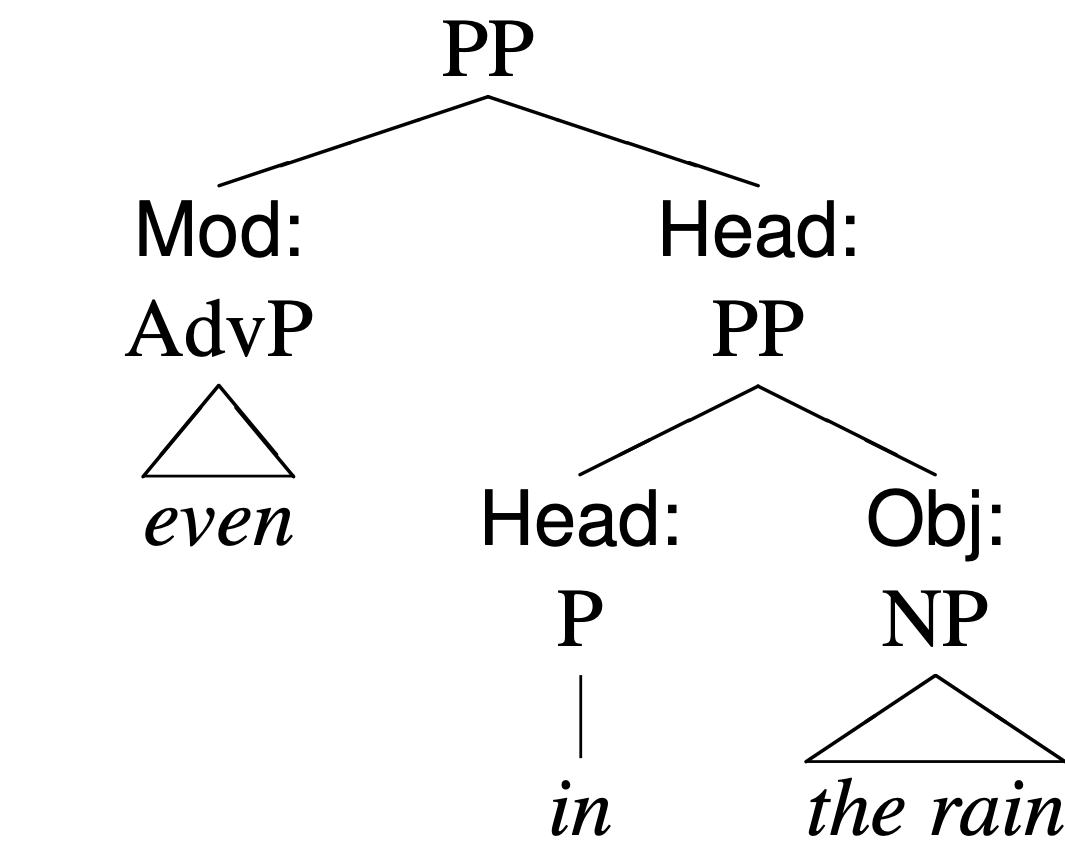 |
Kanbun
A is a form of Classical Chinese used in Japan from the Nara period to the mid-20th century. Much of Japanese literature was written in this style and it was the general writing style for official and intellectual works throughout the period. As a result, Sino-Japanese vocabulary makes up a large portion of the Japanese lexicon and much classical Chinese literature is accessible to Japanese readers in some semblance of the original. The corresponding system in Korean is '' gugyeol'' (). History The Japanese writing system originated through adoption and adaptation of Written Chinese. Some of Japan's oldest books (e.g., '' Nihon Shoki'') and dictionaries (e.g., '' Tenrei Banshō Meigi'' and '' Wamyō Ruijushō'') were written in ''kanbun''. Other Japanese literary genres have parallels; the '' Kaifūsō'' is the oldest collection of "Chinese poetry composed by Japanese poets". Burton Watson's English translations of ''kanbun'' compositions provide an introduction to this liter ... [...More Info...] [...Related Items...] OR: [Wikipedia] [Google] [Baidu] |
|
Sino-Japanese Vocabulary
Sino-Japanese vocabulary, also known as refers to Japanese vocabulary that had originated in Chinese or were created from elements borrowed from Chinese. Some grammatical structures and sentence patterns can also be identified as Sino-Japanese. Sino-Japanese vocabulary is referred to in Japanese as , meaning 'Chinese words'. ''Kango'' is one of three broad categories into which the Japanese vocabulary is divided. The others are native Japanese vocabulary ('' yamato kotoba'') and borrowings from other, mainly Western languages ('' gairaigo''). It is estimated that approximately 60% of the words contained in the modern written Japanese dictionary are ''kango'', with about 18%–20% of words being used in common speech. The usage of such ''Kango'' words also increases when they are used in formal or literary contexts, or to express abstract or complex ideas. ''Kango'', the use of Chinese-derived words in Japanese, is to be distinguished from '' kanbun'', which is historical Litera ... [...More Info...] [...Related Items...] OR: [Wikipedia] [Google] [Baidu] |
|
 |
Japanese Writing System
The modern Japanese writing system uses a combination of logographic kanji, which are adopted Chinese characters, and syllabic kana. Kana itself consists of a pair of syllabaries: hiragana, used primarily for native or naturalised Japanese words and grammatical elements; and katakana, used primarily for foreign words and names, loanwords, onomatopoeia, scientific names, and sometimes for emphasis. Almost all written Japanese sentences contain a mixture of kanji and kana. Because of this mixture of scripts, in addition to a large inventory of kanji characters, the Japanese writing system is considered to be one of the most complicated currently in use. Several thousand kanji characters are in regular use, which mostly originate from traditional Chinese characters. Others made in Japan are referred to as “Japanese kanji” ( ja, 和製漢字, wasei kanji, label=none; also known as “country’s kanji” ja, 国字, kokuji, label=none). Each character has an intrinsic me ... [...More Info...] [...Related Items...] OR: [Wikipedia] [Google] [Baidu] |
 |
Classical Chinese
Classical Chinese, also known as Literary Chinese (古文 ''gǔwén'' "ancient text", or 文言 ''wényán'' "text speak", meaning "literary language/speech"; modern vernacular: 文言文 ''wényánwén'' "text speak text", meaning "literary language writing"), is the language of the classic literature from the end of the Spring and Autumn period through to the either the start of the Qin dynasty or the end of the Han dynasty, a written form of Old Chinese (上古漢語, ''Shànɡɡǔ Hànyǔ''). Classical Chinese is a traditional style of written Chinese that evolved from the classical language, making it different from any modern spoken form of Chinese. Literary Chinese was used for almost all formal writing in China until the early 20th century, and also, during various periods, in Japan, Ryukyu, Korea and Vietnam. Among Chinese speakers, Literary Chinese has been largely replaced by written vernacular Chinese, a style of writing that is similar to modern spoken ... [...More Info...] [...Related Items...] OR: [Wikipedia] [Google] [Baidu] |
|
Japanese Language
is spoken natively by about 128 million people, primarily by Japanese people and primarily in Japan, the only country where it is the national language. Japanese belongs to the Japonic or Japanese- Ryukyuan language family. There have been many attempts to group the Japonic languages with other families such as the Ainu, Austroasiatic, Koreanic, and the now-discredited Altaic, but none of these proposals has gained widespread acceptance. Little is known of the language's prehistory, or when it first appeared in Japan. Chinese documents from the 3rd century AD recorded a few Japanese words, but substantial Old Japanese texts did not appear until the 8th century. From the Heian period (794–1185), there was a massive influx of Sino-Japanese vocabulary into the language, affecting the phonology of Early Middle Japanese. Late Middle Japanese (1185–1600) saw extensive grammatical changes and the first appearance of European loanwords. The basis of the standard dial ... [...More Info...] [...Related Items...] OR: [Wikipedia] [Google] [Baidu] |
|
|
Kanshi (poetry)
is a Japanese term for Chinese poetry in general as well as the Japanese poetry written in Chinese by Japanese poets. It literally means "Han poetry". ''Kanshi'' was the most popular form of poetry during the early Heian period in Japan among Japanese aristocrats and proliferated until the modern period. History The earliest collection of ''kanshi'' was the '' Kaifūsō'', compiled in 751. The ''Kaifūsō'' was also one of the earliest works of Japanese literature, and according to Judith Rabinovitch and Timothy Bradstock, it was a collection of occasional verse spanning from 672 to 751. The compiler of the ''Kaifūsō'' may have been Omi no Mifune, Isonokami no Yakatsugu, or Prince Shirakabe and Fujiwara no Satsuo. Three imperial collections of ''kanshi'' were compiled during the 9th century: the '' Ryōunshū'' of 814, the '' Bunka Shūreishū'' of 818, and the '' Keikokushū'' of 827. Indeed, ''kanshi'' was accorded a higher place than the native waka form until the Kokin ... [...More Info...] [...Related Items...] OR: [Wikipedia] [Google] [Baidu] |
|
|
Gugyeol
Gugyeol, also ''kwukyel'', is a system for rendering texts written in Classical Chinese into understandable Korean. It was chiefly used during the Joseon Dynasty, when readings of the Chinese classics were of paramount social importance. Thus, in ''gugyeol'', the original text in classical Chinese was not modified, and the additional markers were simply inserted between phrases. The Korean reader would then read the parts of the Chinese sentence out of sequence to approximate Korean (SOV) rather than Chinese (SVO) word order. A similar system for reading classical Chinese is used to this day in Japan and is known as '' kanbun kundoku''. Gugyeol is derived from the cursive and simplified style of Chinese characters. Etymology The name ''gugyeol'' can be rendered as "phrase parting," and may refer to the separation of one Chinese phrase from another. This name is itself believed to originate from the use of hanja characters to represent the Middle Korean phrase ''ipgyeot'' ( ... [...More Info...] [...Related Items...] OR: [Wikipedia] [Google] [Baidu] |
|
 |
Kanji
are the logographic Chinese characters taken from the Chinese script and used in the writing of Japanese. They were made a major part of the Japanese writing system during the time of Old Japanese and are still used, along with the subsequently-derived syllabic scripts of '' hiragana'' and '' katakana''. The characters have Japanese pronunciations; most have two, with one based on the Chinese sound. A few characters were invented in Japan by constructing character components derived from other Chinese characters. After World War II, Japan made its own efforts to simplify the characters, now known as shinjitai, by a process similar to China's simplification efforts, with the intention to increase literacy among the common folk. Since the 1920s, the Japanese government has published character lists periodically to help direct the education of its citizenry through the myriad Chinese characters that exist. There are nearly 3,000 kanji used in Japanese names and in comm ... [...More Info...] [...Related Items...] OR: [Wikipedia] [Google] [Baidu] |
 |
Japanese Literature
Japanese literature throughout most of its history has been influenced by cultural contact with neighboring Asian literatures, most notably China and its literature. Early texts were often written in pure Classical Chinese or , a Chinese-Japanese creole language. Indian literature also had an influence through the spread of Buddhism in Japan. During the Heian period, Japan's original culture () developed and literature also established its own style, with the significant usage and development of to write Japanese literature. Following the Perry Expedition which led to the end of the policy and the forced reopening of foreign trade, Western literature has also made influences to the development of modern Japanese writers, while Japanese literature has in turn become more recognized internationally, leading to two Japanese Nobel laureates in literature, namely Yasunari Kawabata and Kenzaburō Ōe. History Nara-period literature (before 794) Before the introduction of ka ... [...More Info...] [...Related Items...] OR: [Wikipedia] [Google] [Baidu] |
|
Grammatical Particle
In grammar, the term ''particle'' (abbreviated ) has a traditional meaning, as a part of speech that cannot be inflected, and a modern meaning, as a function word associated with another word or phrase, generally in order to impart meaning. Although a particle may have an intrinsic meaning, and indeed may fit into other grammatical categories, the fundamental idea of the particle is to add context to the sentence, expressing a mood or indicating a specific action. In English, for instance, the phrase "oh well" has no purpose in speech other than to convey a mood. The word 'up' would be a particle in the phrase to 'look up' (as in the phrase ''"''look up this topic''"''), implying that one researches something, rather than literally gazing skywards. Many languages use particles, in varying amounts and for varying reasons. In Hindi, for instance, they may be used as honorifics, or to indicate emphasis or negation. In some languages they are more clearly defined, such as Chinese, whic ... [...More Info...] [...Related Items...] OR: [Wikipedia] [Google] [Baidu] |
|
 |
English Prepositions
English prepositions are words – such as ''of'', ''in'', ''on'', ''at'', ''from'', etc. – that function as the head of a prepositional phrase, and most characteristically license a noun phrase object (e.g., ''in the water''). Semantically, they most typically denote relations in space and time. Morphologically, they are usually simple and do not inflect. They form a closed lexical category. Many of the most common of these are grammaticalized and correspond to case markings in languages such as Latin. For example, ''of'' typically corresponds to the genitive. History of the concept in English The history of the idea of prepositions inEnglish grammar writing can be seen as one of relative stagnation, only exceptionally interrupted by certain more influential authors... It was only in the second half of the twentieth century that the situation radically changed and since then, grammarians have introduced scientifically precise definitions and developed detailed and e ... [...More Info...] [...Related Items...] OR: [Wikipedia] [Google] [Baidu] |
|
Roy Andrew Miller
Roy Andrew Miller (September 5, 1924 – August 22, 2014) was an American linguist best known as the author of several books on Japanese language and linguistics, and for his advocacy of Korean and Japanese as members of the proposed Altaic language family. Biography Miller was born in Winona, Minnesota, on September 5, 1924, to Andrew and Jessie (née Eickelberry) Miller. In 1953, he completed a Ph.D. in Chinese and Japanese at Columbia University in New York. Long a student of languages, his early work in the 1950s was largely with Chinese and Tibetan. For example, in 1969 he wrote the Encyclopædia Britannica entry on the Tibeto-Burman languages of South Asia. He was Professor of Linguistics at the International Christian University in Tokyo from 1955 to 1963. Subsequently he taught at Yale University; between 1964 and 1970, he was chairman of the department of East and South Asian Languages and Literatures. From 1970 until 1989 he held a similar post at the Universi ... [...More Info...] [...Related Items...] OR: [Wikipedia] [Google] [Baidu] |